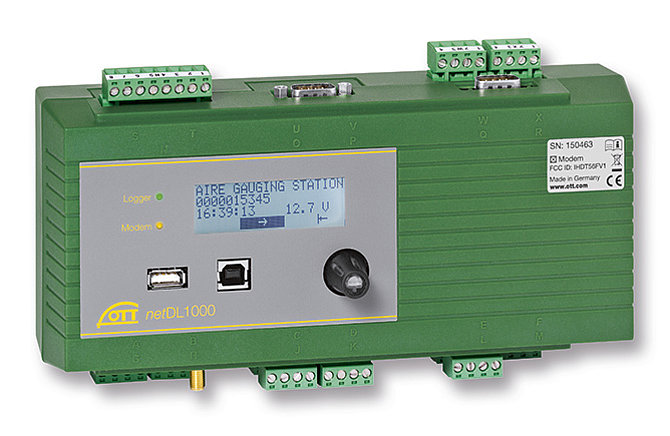In systems that deliver water resource data to hydromet professionals, equipment within the system must communicate with each other. Systems consist of components like sensors, data loggers, control systems, and telemetry units. For data to be available, information such as measurement results, diagnostic data, and instructions for how and when to operate must be transferred between system components. Communication between the components within the system requires compatible connections and adherence to strict rules. Otherwise critical information may be lost or data communication may stop completely.
To allow communication efficiency and accuracy, rules are established so that elements of the system will link effectively. These rules of communication are referred to as communications protocols. Protocols exist for communicating through wired connections and telemetry. They may describe requirements for the system’s hardware, software, or both. Normally the rules establish things like common sets of commands, structure of messages, where and when to send information, how to acknowledge and verify communication, speed of transmission, one-way or two-way communication, connection standards, hardware specifications, power requirements, or more. Depending on the communications protocol, there may be more or fewer elements of the rules.
Communications protocols and human language metaphor: think of the challenges when communicating with someone that speaks a different language or even with a different dialect or communication style. Communication can be very difficult or impossible depending on the proximity of the communicators, words used, timing, speed, interferences, and more. When two communicators do not speak in compatible fashion a translator is normally required to allow even basic communications. Furthermore, it may be that one thinks they are communicating clearly following the established rules of the language, but communication problems occur anyway. These metaphors hold with hydromet equipment as well, only it can be worse because machines have far less capability than humans do to interpret imperfect communication.
The most common communications protocols for wired connections in hydrologic systems include SDI-12 and MODBUS, but there are many others – maybe dozens – that may be more popular in specific regions of the world or in specialized applications. Protocols originate out of the need to exchange information between pieces of hardware and are normally established by standards organizations, companies, or other stakeholder groups. They will evolve with time and sometimes split into ‘dialects’ that are unique. In some cases the communications protocols are well documented. In others there are few agreed-upon standards.
Even with the most established protocols, some of the rules are unclear, open to interpretation, or not followed, much like rules of human languages. In any case, if two pieces of equipment are not speaking the same language, communication will break down. So it is important to choose hardware and software carefully for compatible communications and to minimize the likelihood of communication problems. For more information or help with a hydrological monitoring system, visit www.ott.com or contact the OTT Hydromet Technical Support team at NAtechsupport@otthydromet.com.




